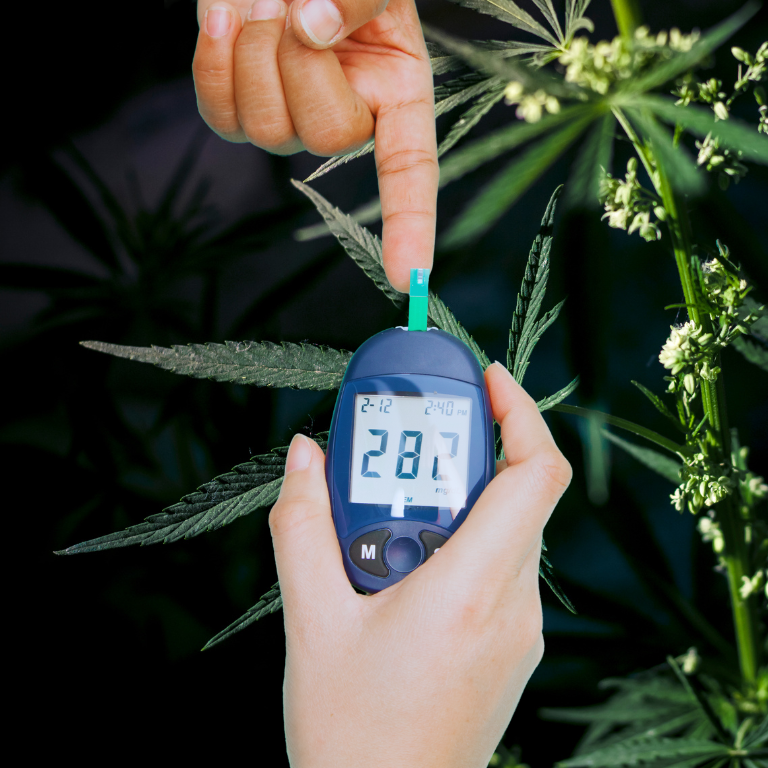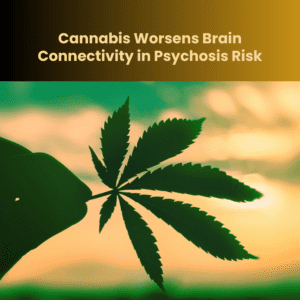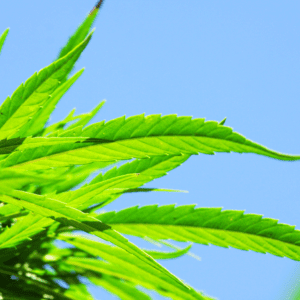Growing Trend: Cannabis Use Among Adults With Diabetes

Cannabis Use Among US Adults with Diabetes Rises Sharply by 33.7% from 2021 to 2022
A recent study has revealed a sharp increase in cannabis use among U.S. adults with diabetes, with usage rates climbing by 33.7% from 2021 to 2022. This finding was highlighted in a research letter published on July 22 in Diabetes Care, shedding light on the changing patterns of cannabis consumption within this specific population.
Study Overview and Key Findings
The research, led by Dr. Benjamin H. Han from the University of California, San Diego, School of Medicine, utilized data from the 2021 to 2022 National Survey on Drug Use and Health. The study focused on a sample of 6,816 adults who reported having a lifetime diagnosis of diabetes. The researchers found that 9.0% of these adults had used cannabis in the past month.
The prevalence of cannabis use among adults with diabetes rose significantly from 7.7% in 2021 to 10.3% in 2022, marking a 33.7% increase. This surge highlights the growing trend of cannabis consumption within the diabetic community, particularly among younger individuals.
Demographic Breakdown of Cannabis Users with Diabetes
Interestingly, the study found that nearly half (48.9%) of adults with diabetes who reported using cannabis in the past month were younger than 50 years old. In contrast, only 20.4% of those under 50 with diabetes did not use cannabis, indicating a notable age-related difference in usage patterns.
Factors Associated with Higher Cannabis Use
The study also identified several factors that were associated with higher odds of past-month cannabis use among adults with diabetes. These factors include:
Residing in States Where Cannabis is Legal: Individuals living in states with legalized cannabis were significantly more likely to report cannabis use (adjusted odds ratio, 2.76).
History of Hepatitis: Those with a history of hepatitis were more likely to use cannabis (adjusted odds ratio, 3.87).
Mental Health and Healthcare Utilization: A past-year major depressive episode and emergency department use were also linked to higher cannabis use (adjusted odds ratios, 1.58 and 1.46, respectively).
Substance Use: The study found strong associations between cannabis use and other substance use behaviors, including past-month tobacco use, binge drinking, opioid misuse, and stimulant misuse (adjusted odds ratios, 2.90, 2.21, 6.37, and 4.14, respectively).
Implications for Clinicians and Patients
The sharp increase in cannabis use among adults with diabetes raises important questions about the potential health implications for this population. The study’s authors emphasized the need for clinicians to engage in discussions with their diabetic patients regarding the potential risks of cannabis use, particularly in the absence of clear evidence supporting its benefits for diabetes-related outcomes.
“Clinicians must discuss with their patients with diabetes the potential harms of cannabis use on diabetes-related outcomes without a clear understanding of its benefits,” the authors wrote. This call to action highlights the importance of informed decision-making and patient education in the context of cannabis use and diabetes management.
A Growing Trend with Critical Health Considerations
The findings from this study underscore the growing trend of cannabis use among U.S. adults with diabetes, particularly among younger individuals and those with specific health and behavioral characteristics. As cannabis becomes increasingly accessible across the United States, understanding its impact on populations with chronic health conditions like diabetes becomes ever more crucial. Moving forward, both healthcare providers and patients must navigate this evolving landscape with a focus on safety, education, and evidence-based care.











